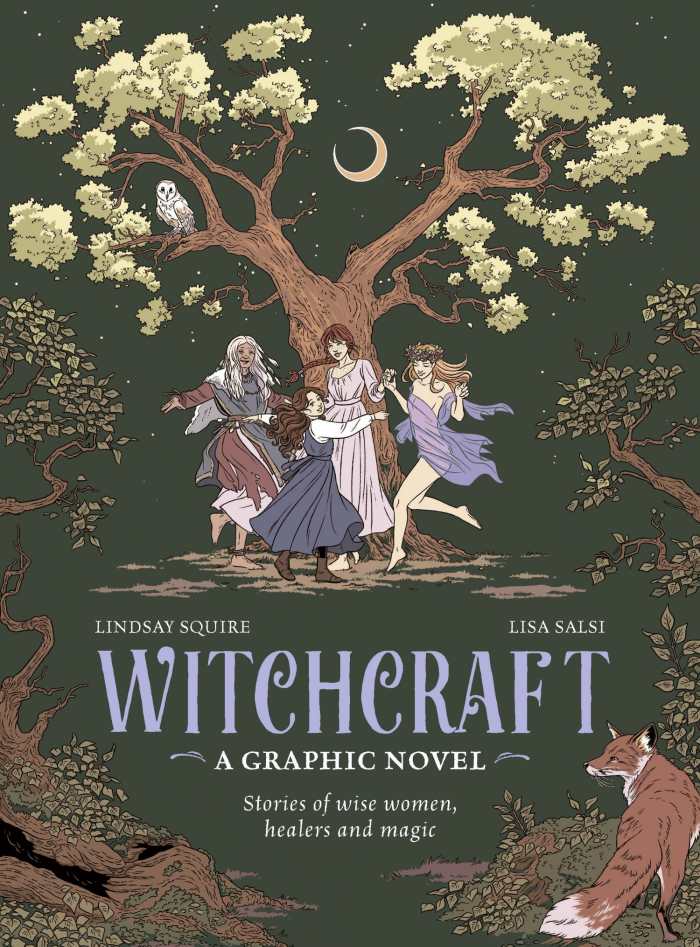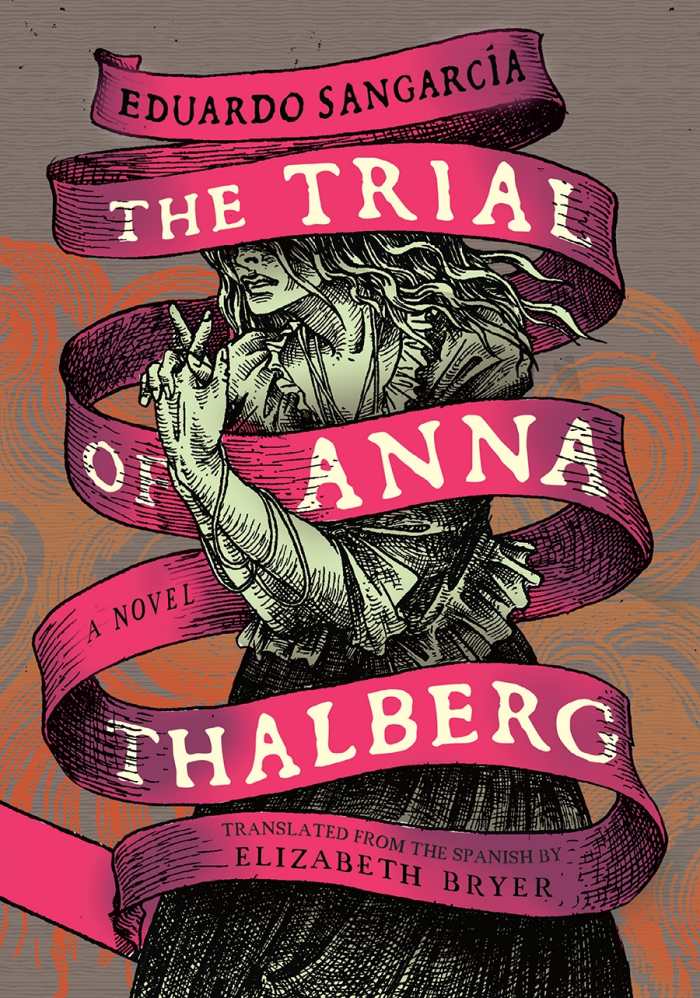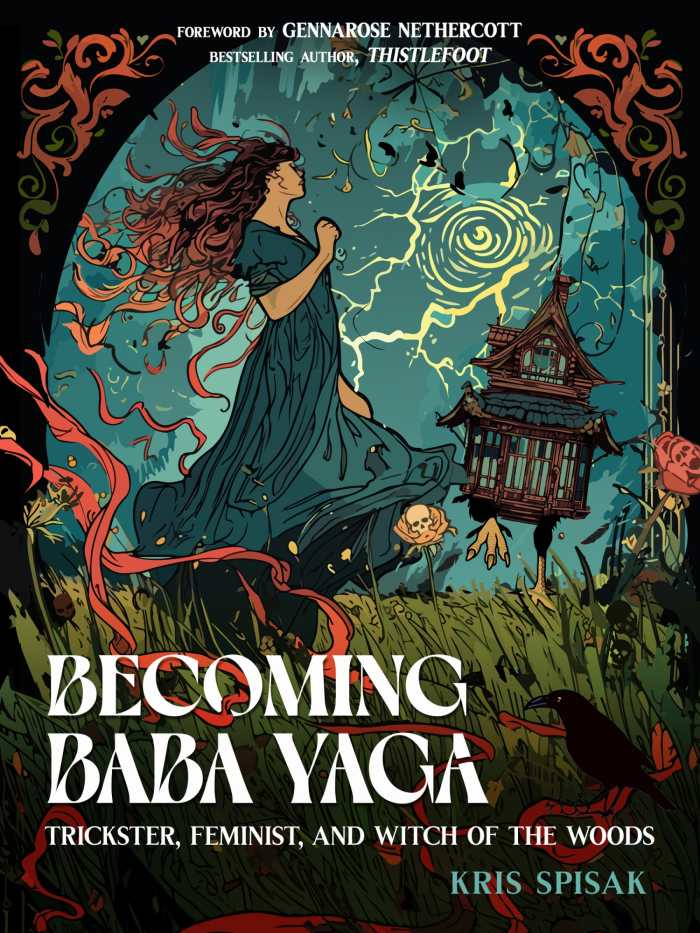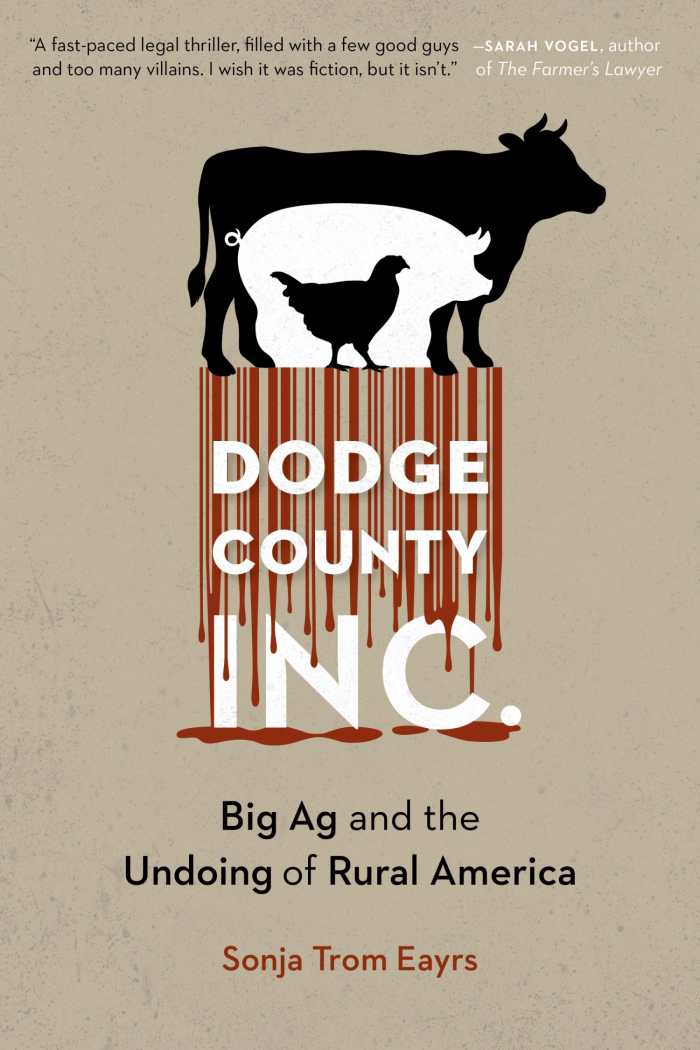Book of the Day Roundup: October 28-November 1, 2024
The Last Witch in Edinburgh

Marielle Thompson
Kensington Books
Softcover $17.95 (384pp)
978-1-4967-4264-3
Buy: Local Bookstore (Bookshop), Amazon
In Marielle Thompson’s intimate and enlightened historical novel The Last Witch in Edinburgh, a women’s community entrenched in subtle spell-work and relationships faces misogyny and witch-hunting.
In the early 1800s, Nellie, the daughter of an alcoholic father, rues getting fired due to the attention that her beauty attracts. To avoid further poverty, she hopes to save her father from losing his post at the cemetery. She fears what will happen to her younger brother if she should be the next target of the patriarchy and fear that fuel the Scottish city’s morbid gatherings at Grassmarket. Even darker forces are also at work through Edinburgh’s ruthless commissioner, Angus.
Then, at the women-run apothecary, Nellie overhears Edinburgh’s witches talking about her deceased mother. As they reveal details of her past, the group, including a transgender woman, also nurtures Nellie’s artistic skills. She also meets her first love, Jean. Nellie is timid by nature, and Jean is her natural opposite; she tends to face evil, and may meet face-to-face with Angus.
Nellie’s life exceeds the expectations of the normal human timeline. Her relationship to Cailleach, the feminine energy, grows while she hides from Angus’s power and regrets running away from the horrors of old Edinburgh. But Nellie’s tendency to lose what she loves still haunts her as she returns to contemporary Edinburgh with her adopted daughter: “If loneliness walks beside you, nostalgia is a cat weaving through your ankles, tripping you with each reminder of its presence.” Nellie’s confessions of emotion and desire through time are poignant: she cannot change who she is or whom she loves.
The Last Witch in Edinburgh is an excellent, resonant historical novel in which an uncommon woman explores feminine energy and power in all its forms and orientations.
CLARISSA ADKINS (August 14, 2024)
Witchcraft
A Graphic Novel: Stories of Wise Women, Healers and Magic

Lindsay Squire
Lisa Salsi, illustrator
Leaping Hare Press
Hardcover $19.99 (128pp)
978-0-7112-9525-4
Buy: Local Bookstore (Bookshop), Amazon
A single witch’s story serves as the entry point for a history of the practice in Lindsay Squire’s graphic novel Witchcraft.
Biddy Early, called Ireland’s most famous witch, practices her craft during the nineteenth century, earning both respect and suspicion for her herbal knowledge. Then young Lindsay expresses interest in Biddy’s abilities and seeks to learn her secrets. Through their interactions and Biddy’s confrontations with a local priest and fearful neighbors, Lindsay sees what witches aspire to do and how those efforts are received.
The real Biddy Early was accused of witchcraft but freed when those called to testify against her changed their minds. The book balances its absorbing novelization of Biddy’s story with informational asides focusing on tools, familiars, and famous witches from history and mythology. Shaded green captions further explain concepts, meanings, and historical persecutions like the Bamberg Witch Trials, which burned 900 people at the stake over a six-year period.
The art flows with masterful coloring and realistic touches, like the light freckling on Biddy’s face. Discussions of herbs and plants, as well as settings indoors and out, are enhanced by detailed, accurate depictions. The book skirts some aspects of witchcraft, like the faith-based similarities between believers of fairy encounters and spells and those who conducted violent witch trials based on their own beliefs. But whether one interprets the book through a literal or figurative lens, its presentation is fascinating.
The graphic novel Witchcraft covers the history of witchcraft through the eyes of a witch and her apprentice.
PETER DABBENE (August 14, 2024)
The Trial of Anna Thalberg

Eduardo Sangarcía
Elizabeth Bryer, translator
Restless Books
Hardcover $22.00 (176pp)
978-1-63206-373-1
Buy: Local Bookstore (Bookshop), Amazon
Misogyny and religious conviction are vicious bedfellows in Eduardo Sangarcía’s horrifying, humbling literary novel The Trial of Anna Thalberg, based on the Würzburg witch trials that tore through poor populations with their insatiable accusations.
A few years after being brought to a strange village by her husband, Klaus, beautiful Anna is condemned as a witch by a jealous neighbor who sees danger in her honey-colored eyes. Other neighbors rush to add their false testimonies, too. Only the priest is willing to assist Klaus in protesting Anna’s innocence to those who would rather make martyrs than mistakes.
In the jail and torture chamber, time stretches, compresses, and curls back on itself for Anna, who only speaks the truth. These terrifying periods are represented in alternating columns of questions and answers that appear in fevered disarray. The confessors so want to find evil in the story of Anna’s simple, honest life that they interpret her childhood loneliness as an invitation to the devil, her befriending squirrels and birds as letting evil in, and her parents’ deaths as a punishment.
Still, Anna keeps speaking the truth. She is told that the Bible says she should not speak—more “proof” of her deal with the devil. She refuses to make a false confession to end her pain. Those in charge, though, view “woman [as] a cathedral constructed over a cesspool, a palace whose gardens and fountains all lead to the same hell,” so her refusal is an admission, too. Protest is futile, all is in vain. But the powerful are unwitting: when Anna, bodily broken but spiritually unbreakable, is taken to the pyre to satisfy their fears, they condemn themselves with her.
The Trial of Anna Thalberg is an inferno of a historical novel, burning through the lies told about defiant women across the centuries.
MICHELLE ANNE SCHINGLER (August 14, 2024)
Becoming Baba Yaga
Trickster, Feminist, and Witch of the Woods

Kris Spisak
Hampton Roads Publishing
Softcover $16.95 (224pp)
978-1-64297-051-7
Buy: Local Bookstore (Bookshop), Amazon
First a force within Eastern European oral traditions before flowing into popular culture as a frightening witch, Baba Yaga is a character whose many incarnations suggest fascinating depth. Stories about her are teased out and mined for models of empowerment in Becoming Baba Yaga, Kris Spisak’s nuanced work of feminist literary criticism.
Baba Yaga has been known by other names, but elements of the stories about her are consistent, Spisak shows. She is said to live in the woods in a house that moves about on long avian legs; she consumes some who seek her and rescues others. She is of the earth, primordial and terrifying, life-giving and life-taking; “she gives us permission to scream into the void, cackle at the darkness, and vent our anxieties to the wind.” Stories of her were whispered by grandmothers to children as warnings and promises before being recorded by those prone to treat her powers as dangerous. Here, Spisak retells her shifting tales, parsing them for historical and cultural context and relocating within them the seeds of emancipation: “if given the chance to meet with a savage witch who could transform your world and your possibilities,” she asks, “would you do it?”
For those who reject polite obedience to gender norms, Becoming Baba Yaga is a freeing folkloric inquiry that celebrates an archetypal defiant woman.
MICHELLE ANNE SCHINGLER (August 14, 2024)
Dodge County, Inc.
Big Ag and the Undoing of Rural America

Sonja Trom Eayrs
Bison Books
Softcover $24.95 (326pp)
978-1-4962-3499-5
Buy: Local Bookstore (Bookshop), Amazon
The devastation wrought upon US farming communities is tracked in Sonja Trom Eayrs’s courageous book Dodge County, Inc., in which the family farm that Eayrs grew up on becomes a microcosmic example of the ills afflicting thousands of rural towns and private farmers.
From the frontlines of the fight against factory farming, the book delves into the harrowing details of how “Big Pork” pushed small towns to the brink of ruin, corrupting the political and regulatory bodies meant to protect them. In little more than a decade, concentrated animal feeding operations sprang up and polluted the air, water, and soil that generations had cared for. Eayrs indicts this as an intentional campaign to make areas unlivable and says that millions of gallons of animal waste were poured on fields abutting family farms when their residents called attention to the CAFOs’ health violations.
The book braids such local stories into its intrepid reportage, resulting in a portrait of a country in crisis. Facts and figures about the environmental repercussions of keeping tens of thousands of livestock producing more waste than major cities within a three-mile radius are threaded into Eayrs’s stories of her family going up against the “hog gang.” Revelations of regulators going on vacation rather than addressing malpractice complaints, and of a business leader vacating his position one day before being served to derail a lawsuit, illuminate the issues further. Still, against such enormous odds and tragic losses, the book articulates an optimistic vision of a more just, regulated future, celebrating the significant victories eked out in places like Winona County, Minnesota, where a concerted local outcry halted a large industrial operation.
Rooted in the intimate experiences of Sonja Trom Eayrs’s farming family, Dodge County, Inc. is a powerful manifesto against the excesses of factory farming.
WILLEM MARX (October 14, 2024)
Kathy Young
